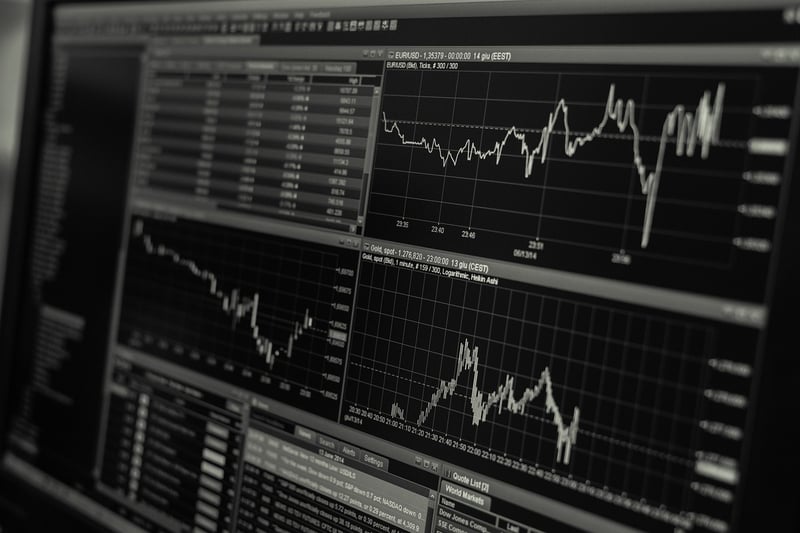Historical charts
Exploring Trends and Historical Data
Understanding Trends and Data
Tracking trends and analyzing historical data are essential practices in various fields, including business, finance, marketing, and more. By examining past trends and data points, professionals can make informed decisions, identify patterns, and predict future outcomes.
Benefits of Tracking Trends
There are numerous benefits to tracking trends and historical data:
- Identifying patterns and correlations
- Forecasting future trends
- Making data-driven decisions
- Understanding market behavior
- Improving strategic planning
Importance of Historical Charts
Historical charts are visual representations of data over time. They provide a clear and concise way to analyze trends, patterns, and changes in data sets. By examining historical charts, professionals can gain valuable insights and make well-informed decisions.
Exploring Historical Data
Exploring historical data allows researchers, analysts, and decision-makers to:
- Identify long-term trends
- Analyze historical patterns
- Understand the impact of past events
- Evaluate performance over time
- Compare data points across different time periods
Examples of Historical Charts
Below are examples of historical charts:

Conclusion
Tracking trends and historical data is crucial for making informed decisions and understanding past patterns. By utilizing historical charts and data analysis, professionals can gain valuable insights that can shape future strategies and outcomes.
